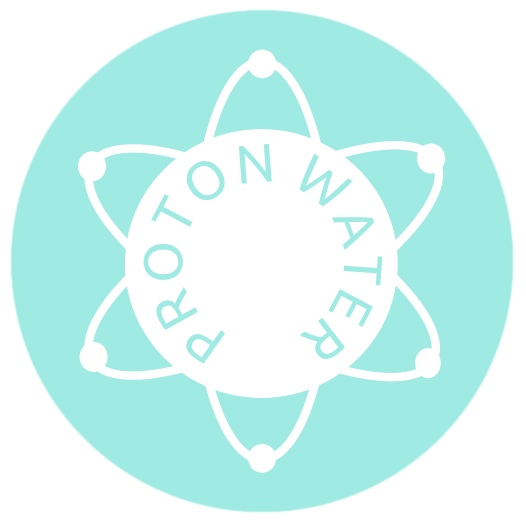Characteristics of Proton Water
| Characteristic | Free ions |
| Functionality | High solubility:High ionization potential (based on the ionic product theory) Proton and electron donation:104 to 102 per mol Antioxidant and reducing activity:Binds with secondary sources of vitamins and polyphenols, inducing protons and electrons, promoting antioxidant and reducing activity. |
| Specificity | The substance provides protons and electrons to reactive oxygen species, promoting antioxidant and reducing effects. It enhances the solubility of vitamins and flavonoids. It is absorbed during digestion and transported to the bloodstream, where it binds with vitamins and polyphenols, inducing protons and electrons and promoting antioxidant and reduction effects. |
| Effectiveness | Detoxification of causative substances within the digestive tract, neutralizing reactive oxygen species, and activating cells. |
* Ionic Product Theory: A theory that quantifies the actual strength of a substance to dissolve another substance. It was proposed by Dr. Yoshiaki Matsuo and demonstrated by Dr. Kokichi Hanaoka.
| Chemical Formula | 4H2O·OH⁻ |
| Molecular Formula | H₉O₅⁻ |
| Structural formula | 9HO₆⁻ |
| Dissolved Oxygen Concentration | 4~6 ppm |
| Redox Potential | -150 to -750 mV |
| Density | 0.999 |
| Antioxidant | H⁺, e⁻ (OH⁻) |
| Difference in the amount of hydroxide ions (OH-) in water | 7400 times that of regular water |
| Difference in antioxidant capacity | 50% higher than that of regular water |
Proton Water has various properties and benefits:
| Solubility | – Dissolves substances effectively. – Facilitates digestion and absorption of food. – Improves blood flow. |
| Permeability | – Has low viscosity – Regulates a balanced osmotic pressure and efficiently reaches every part of the body. – Facilitates the efficient transportation of oxygen molecules, nutrients, and metabolic wastes. |
| Interfacial effect | – Has low surface tension. – Helps dilute toxins. |
| Cell activation | – Contributes to efficient energy generation. – Supplies nutrients. – Supports cellular repair and detoxification. |
| Immune response | – Has similar functions to white blood cells. – Has antibacterial and disinfectant effects both inside and outside the body. |
| Balance equilibrium | – Supports homeostasis of the body such as body temperature regulation and neutralisation reaction. |
The information provided above is cited from the website of our parent body, Proton International.
